Watercolor and pastel on paper, signed and dated lower right.
17.50 x 25 cm
Provenance:
Galerie de la Présidence, Paris
Private collection, France
Bibliography:
Bernard Dorival and Isabelle Rouault, Georges Rouault, l'oeuvre peint, André Sauret, 1988, reproduced on p.44 under no. 98. Certificate of authenticity established by Isabelle Rouault.
Georges Rouault: A master of the sacred in modern art
Georges Rouault (1871-1958) was a French painter, engraver and draughtsman whose work lies at the crossroads of Fauvism, Expressionism and sacred art. Born in Paris into a modest family, he was first apprenticed to a stained-glass restorer, an experience that had a lasting influence on his style, notably through the use of black outlines and bright colors reminiscent of stained glass.
He entered the École des Beaux-Arts in 1891, where he became a pupil of Gustave Moreau, a Symbolist painter who had a profound influence on him. Rouault is considered one of Moreau's most brilliant pupils, whom he admired for his mystical and poetic vision of art.
Georges Rouault occupies a singular place among twentieth-century artists. A contemporary of Cubism, Expressionism and Fauvism, he never claimed to belong to any of these movements. He quickly developed a personal style, marked by deep introspection and spiritual sensitivity. Often pigeonholed as a religious painter, Rouault was above all an independent artist, refusing to be labeled or to belong to any particular school. His work is imbued with a tragic, compassionate vision of the human condition. He painted marginal figures - prostitutes, clowns, judges or the destitute - with faces marked by pain, solitude or revolt. In these poignant portraits, he denounces hypocrisy, social injustice and misery, while affirming an unshakeable faith in human dignity.
For Rouault, art is a means of expressing suffering, but also hope. Deeply religious, he devoted an essential part of his work to religious themes, notably the figure of Christ. His masterpiece, Miserere, a series of powerful etchings, blends faith, pain and humanism, testifying to universal compassion and a quest for redemption. Rouault was always keen to remain on the bangs of mainstream trends, and to preserve a high degree of artistic freedom.
He was also very independent of the art market. As early as 1917, he benefited from the support of art dealer Ambroise Vollard, who enabled him to work in more serene economic conditions, without compromise.
Until his death in 1958, Georges Rouault pursued his singular path, at once mystical and profoundly human. Today, his work is recognized as one of the most moving and unclassifiable in modern art, driven by a rare spirituality, a profound artistic demand and a sincere faith in mankind.
Discover more works by this artist on the gallery's website: https://www.galeriepentcheff.fr/fr/peintre-georges-rouault#Oeuvres



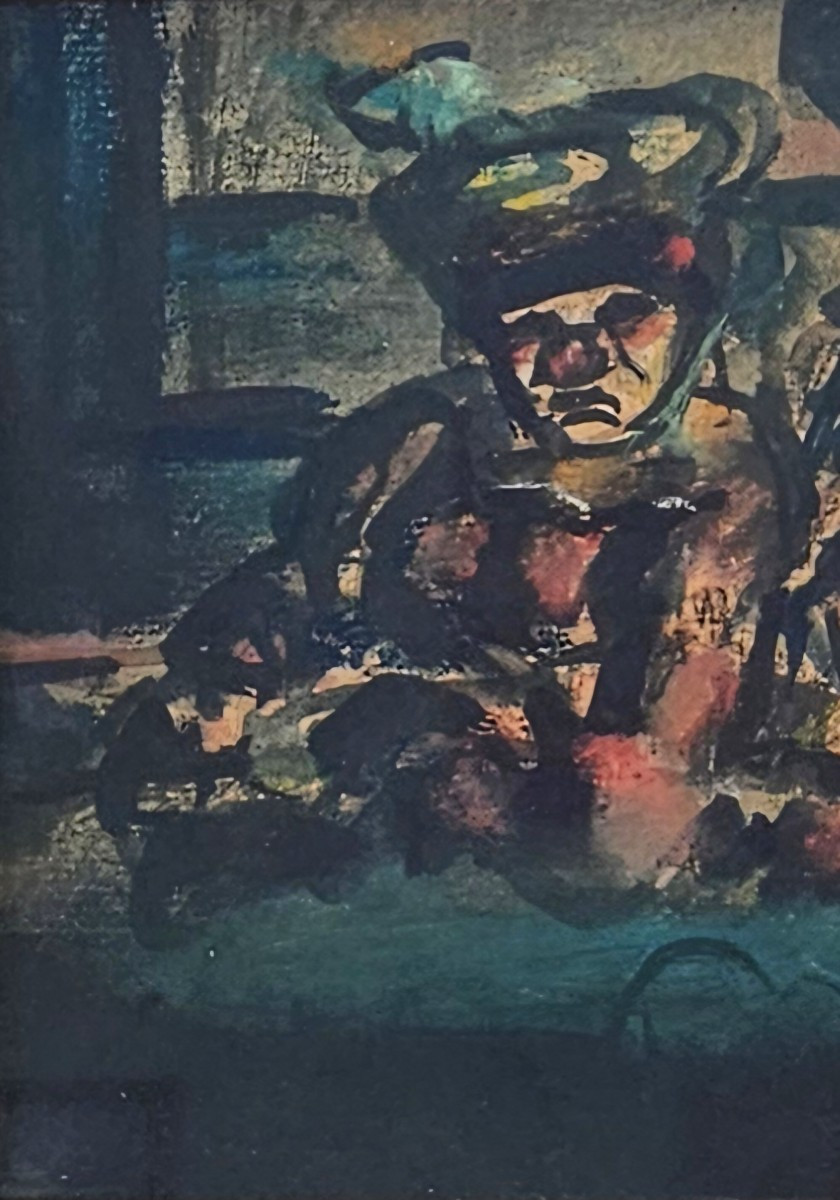





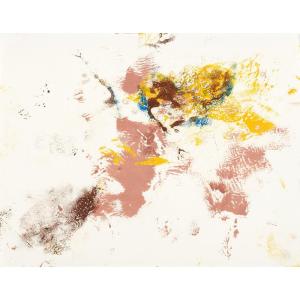



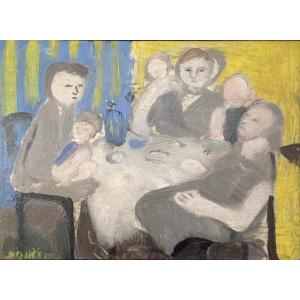
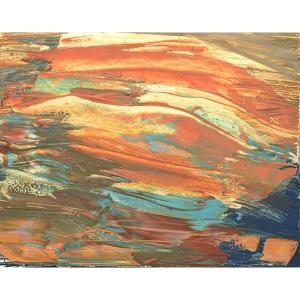
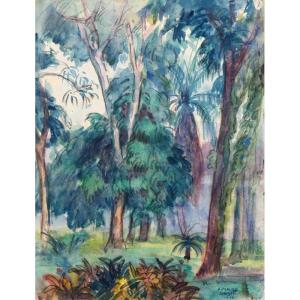




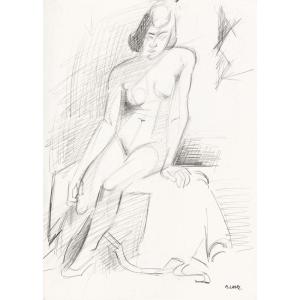


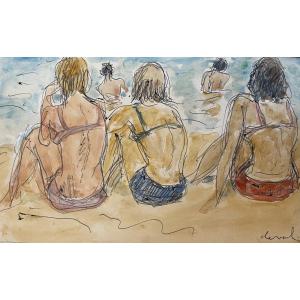
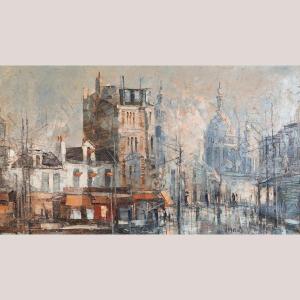

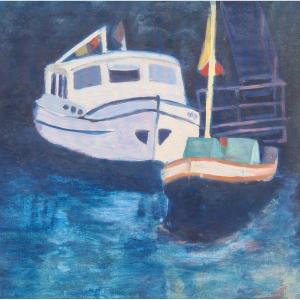





 Le Magazine de PROANTIC
Le Magazine de PROANTIC TRÉSORS Magazine
TRÉSORS Magazine Rivista Artiquariato
Rivista Artiquariato